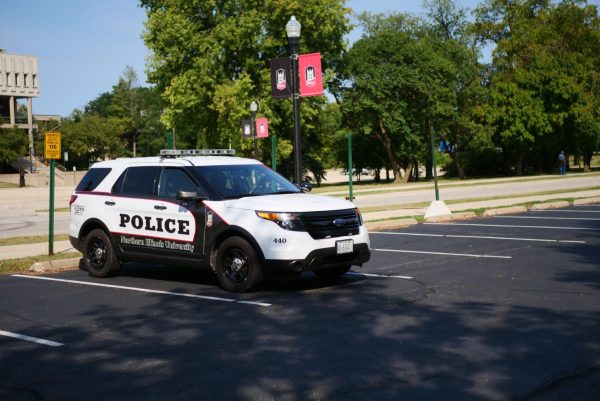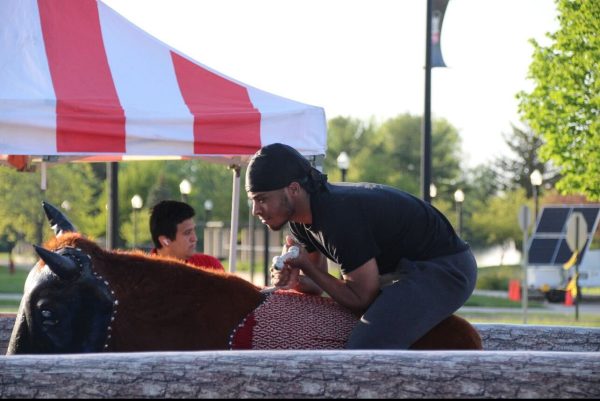Puppets come to life
November 25, 2002
When one thinks of a puppet, he or she may visualize a decorated lunch bag slipped over a hand; but curator Kathy Foley’s exhibit opens our eyes a little wider to see how puppets are used in Southeast Asian culture.
The exhibit, which is sponsored by the NIU Anthropology Museum, will be on display at the Holmes Student Center and the Stevens Building until the end of February.
More than 80 puppets from Foley’s collection of about 1,000 are on display, along with plaques explaining the different puppets. One puppet, the Topeng Babakan, or village masks, requires the user to bite on a piece of leather to hold on to it. Vietnamese and Japanese water puppets require the performer to manipulate the puppets through the water by using long poles. The Indian String puppet is attached to the performer and appears to dance along with him or her.
“Puppetry is like a mobile temple,” Foley said.
Foley, a professor of theater arts at the University of California in Santa Cruz, explained how different character types are represented through puppets in countries such as India, Indonesia, Thailand, Burma and Vietnam, during a teacher’s workshop last Saturday. She then explained how the puppet character types are combined with music and dancing to represent children, adolescence, adulthood and death.
Foley’s interest in puppets began when she was in college. Later, she traveled overseas to Southeast Asia and saw puppet shows in mass performances. She then wondered why these performances involved entire villages.
“I asked myself why this kind of performance was so all-inclusive, while audiences had to sit quietly in Western culture,” Foley said.
Angela Magnus, a graduate student of music, came to hear Foley speak and to view the puppets to have a better appreciation for the art.
“To understand the music, I have to understand the culture,” Magnus said.
During an epic performance, Foley said 100 to 150 puppets are needed. Foley also does performances at places such as universities, birthday parties and zoos.
“I think it’s interesting how these puppets are for all ages,” said Kristin Glidden, a graduate student of music. “They’re such an important part of their culture and they have deep meaning. It’s different from the puppets we have here.”
For information, call Ann Wright-Parsons in the Office of Public Affairs at 753-0230.













